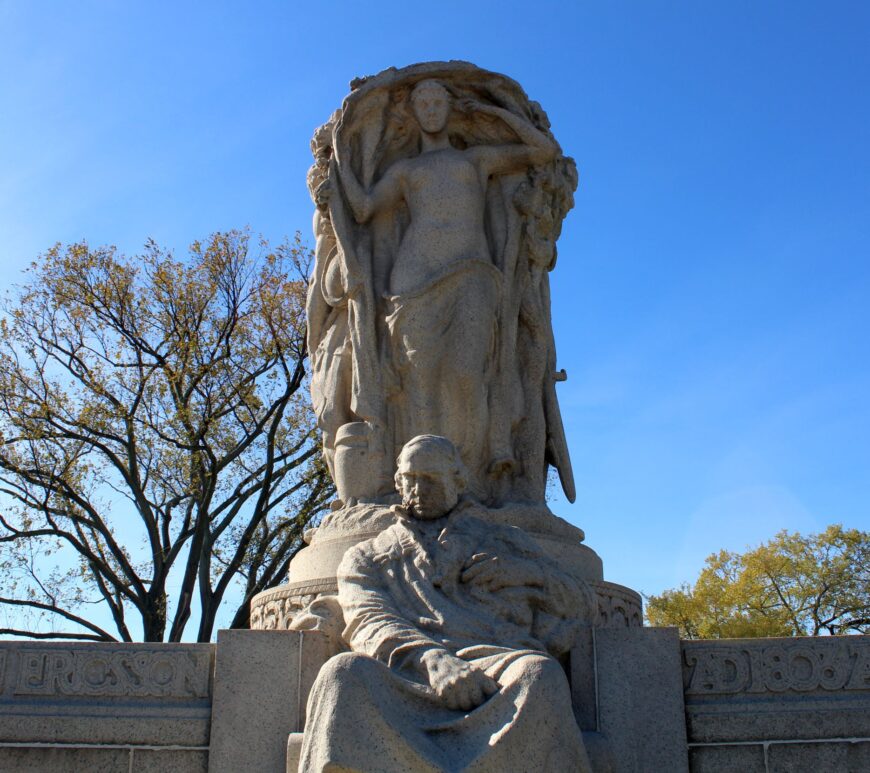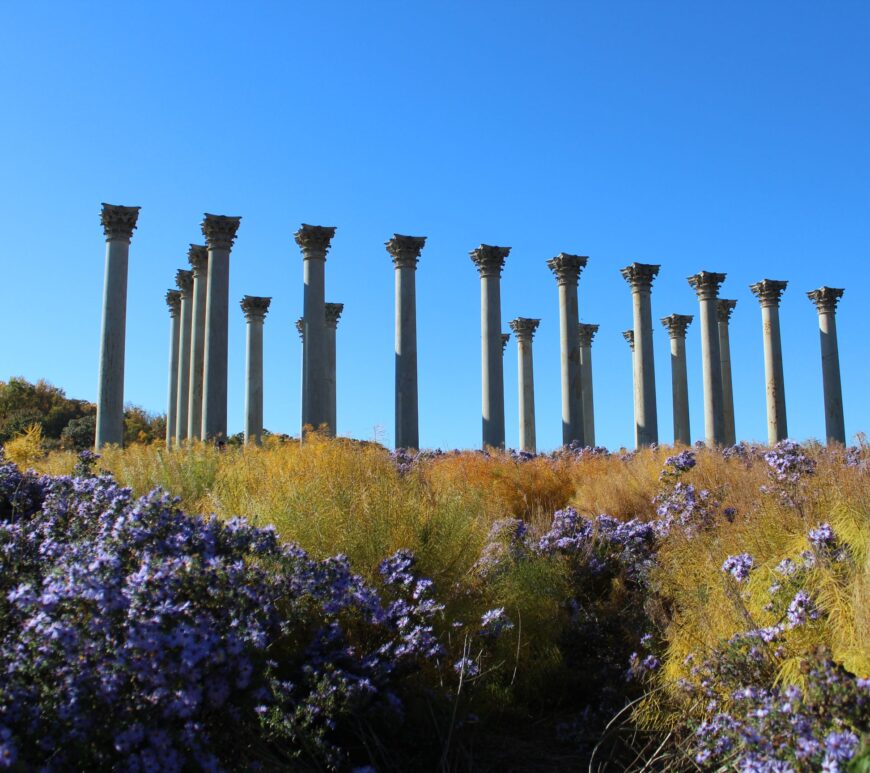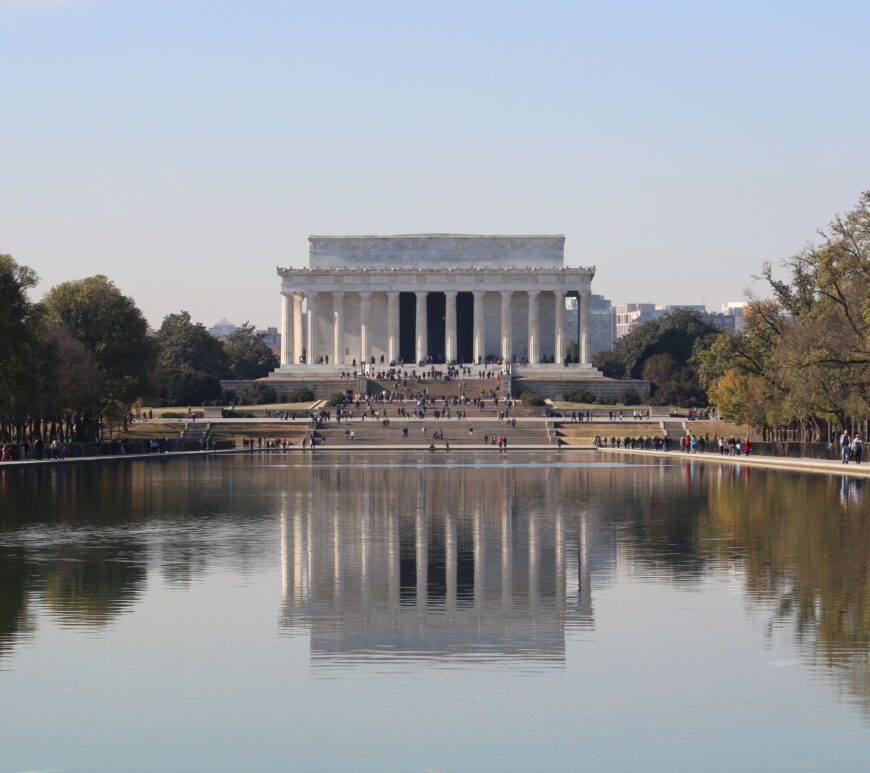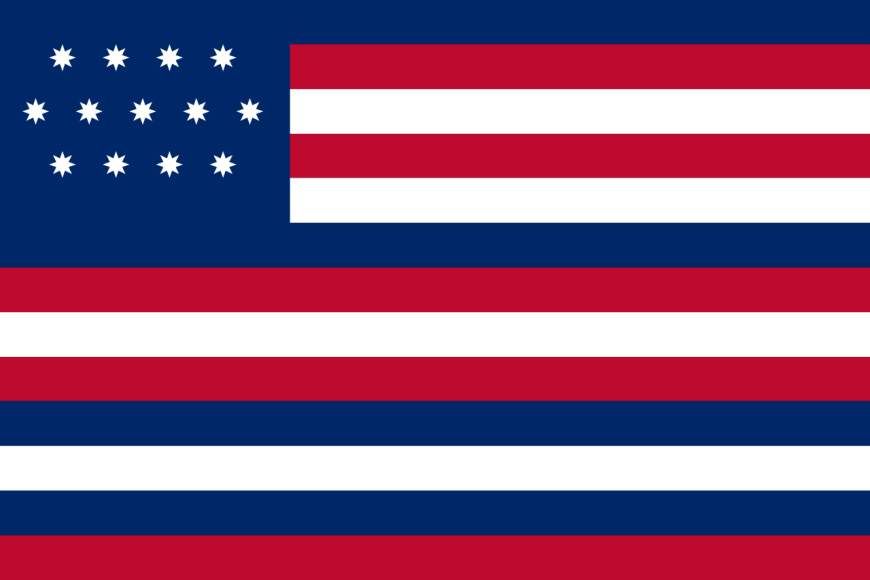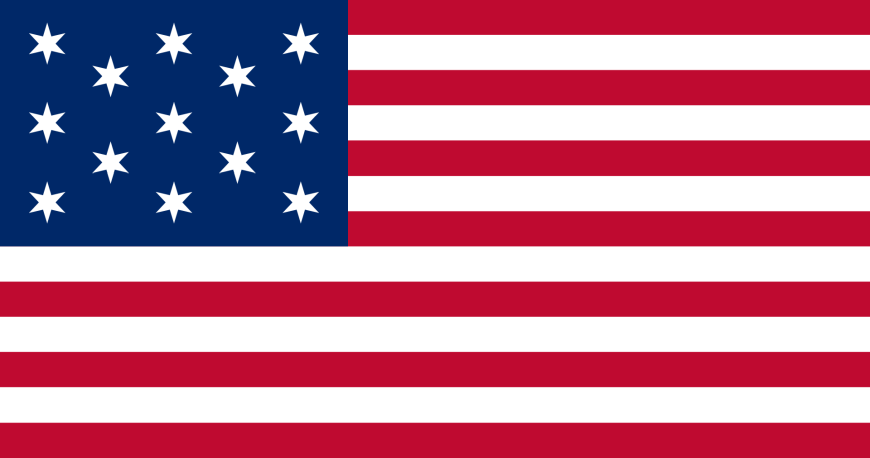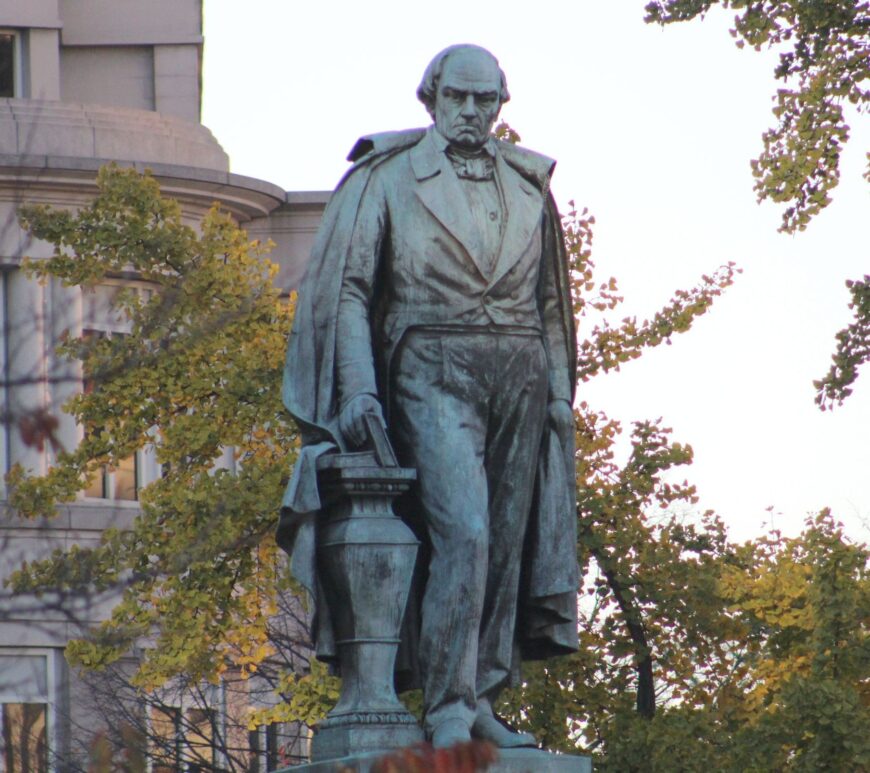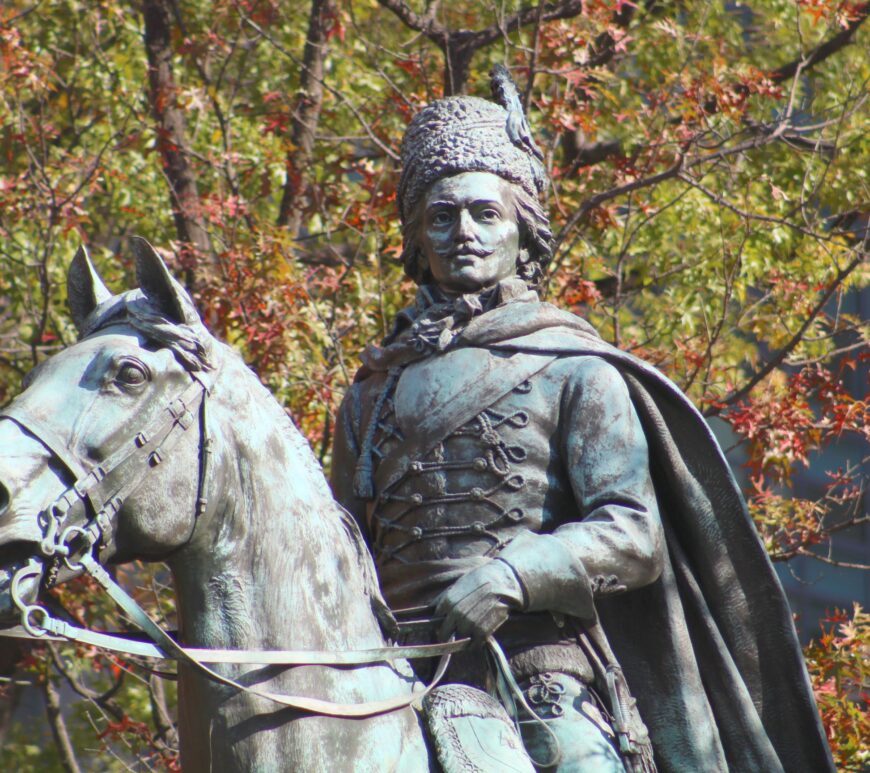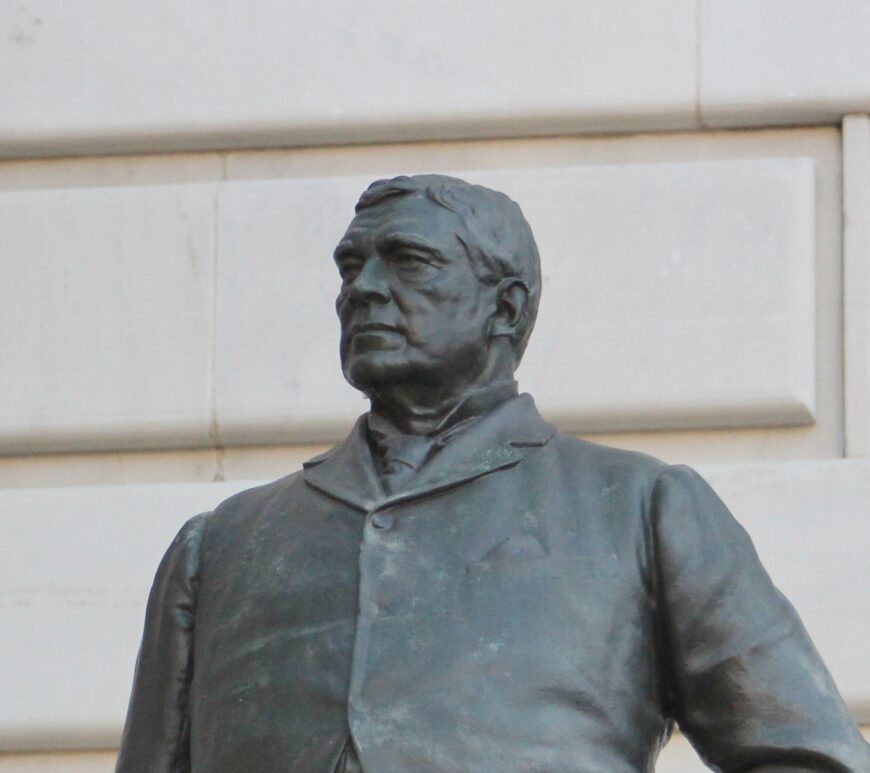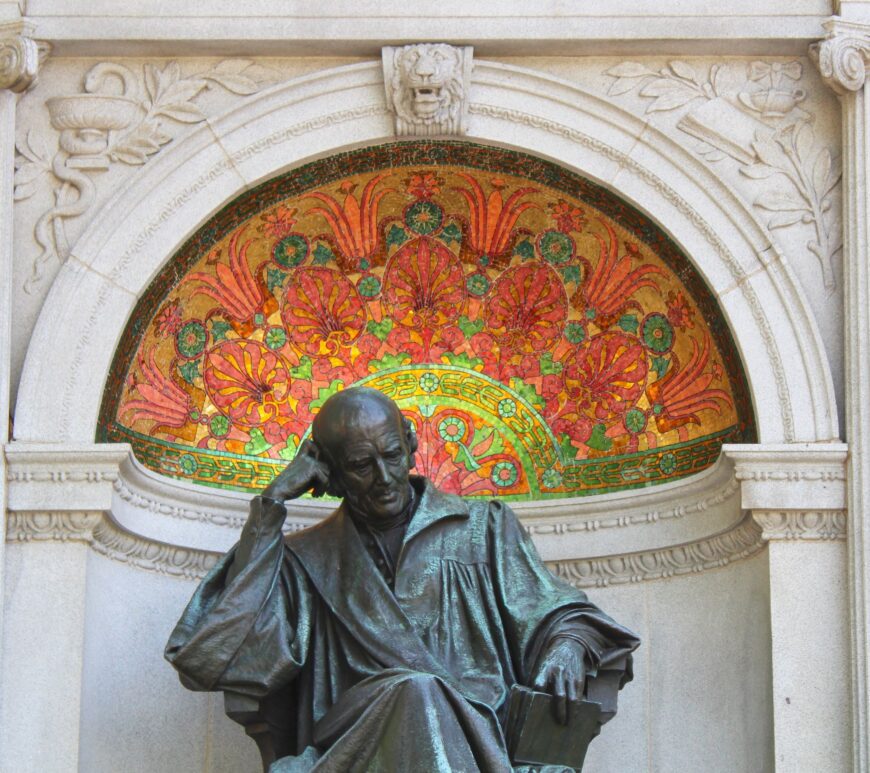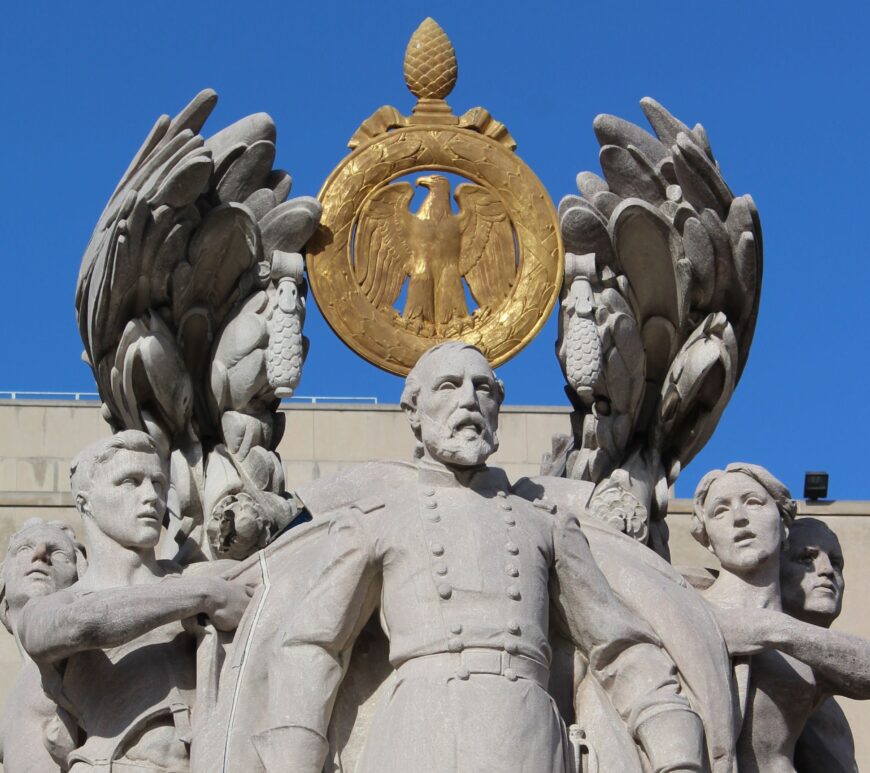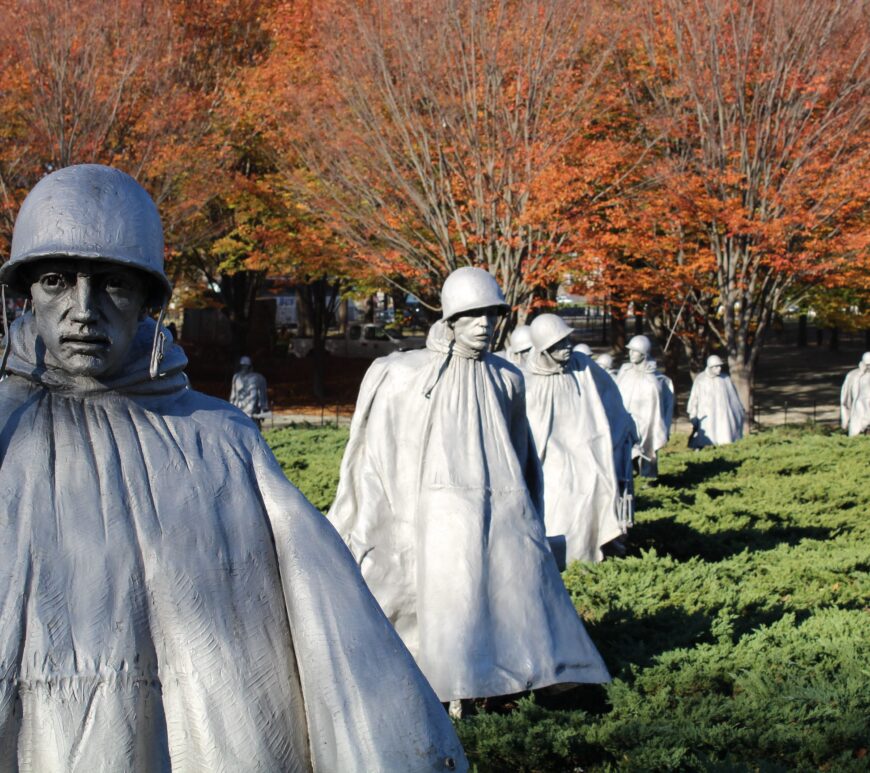
Korean War Veterans Memorial
“The Korean War: No Victors, No Vanquished.”
South and east of the Lincoln Memorial, next to Daniel French Dr. and Independence Ave., is one of the most well-known war memorials in Washington, D.C. Few memorials are imbued with as much humanity as the Korean War Veterans Memorial. Nineteen stainless steel soldiers march in formation in a triangular park. To their south is a wall of black granite with photographic images sandblasted onto its surface. At the eastern end of the park is the Pool of Remembrance. On the northern edge is the United Nations Wall, listing the 22 UN member nations that sent soldiers to Korea.

